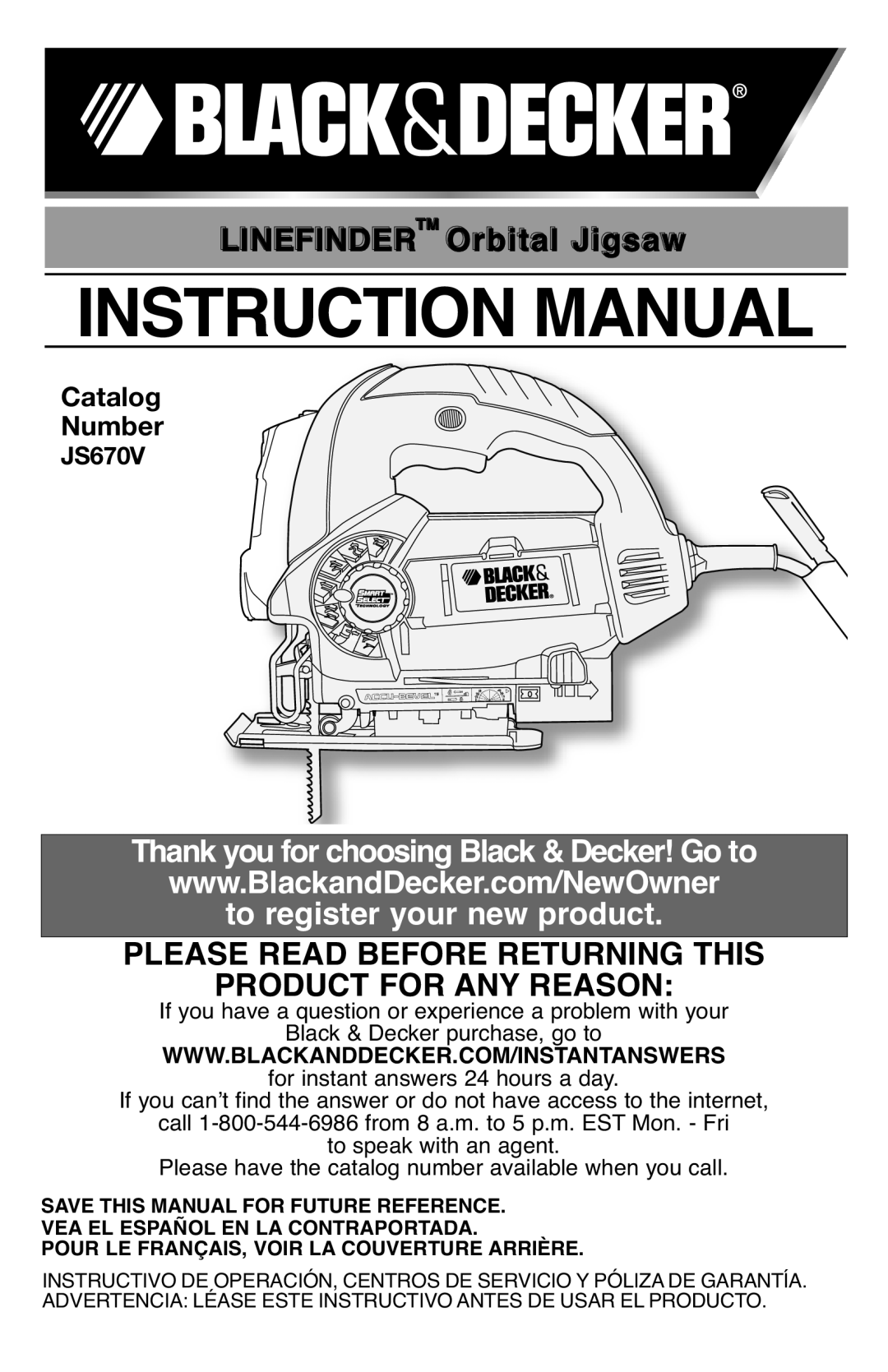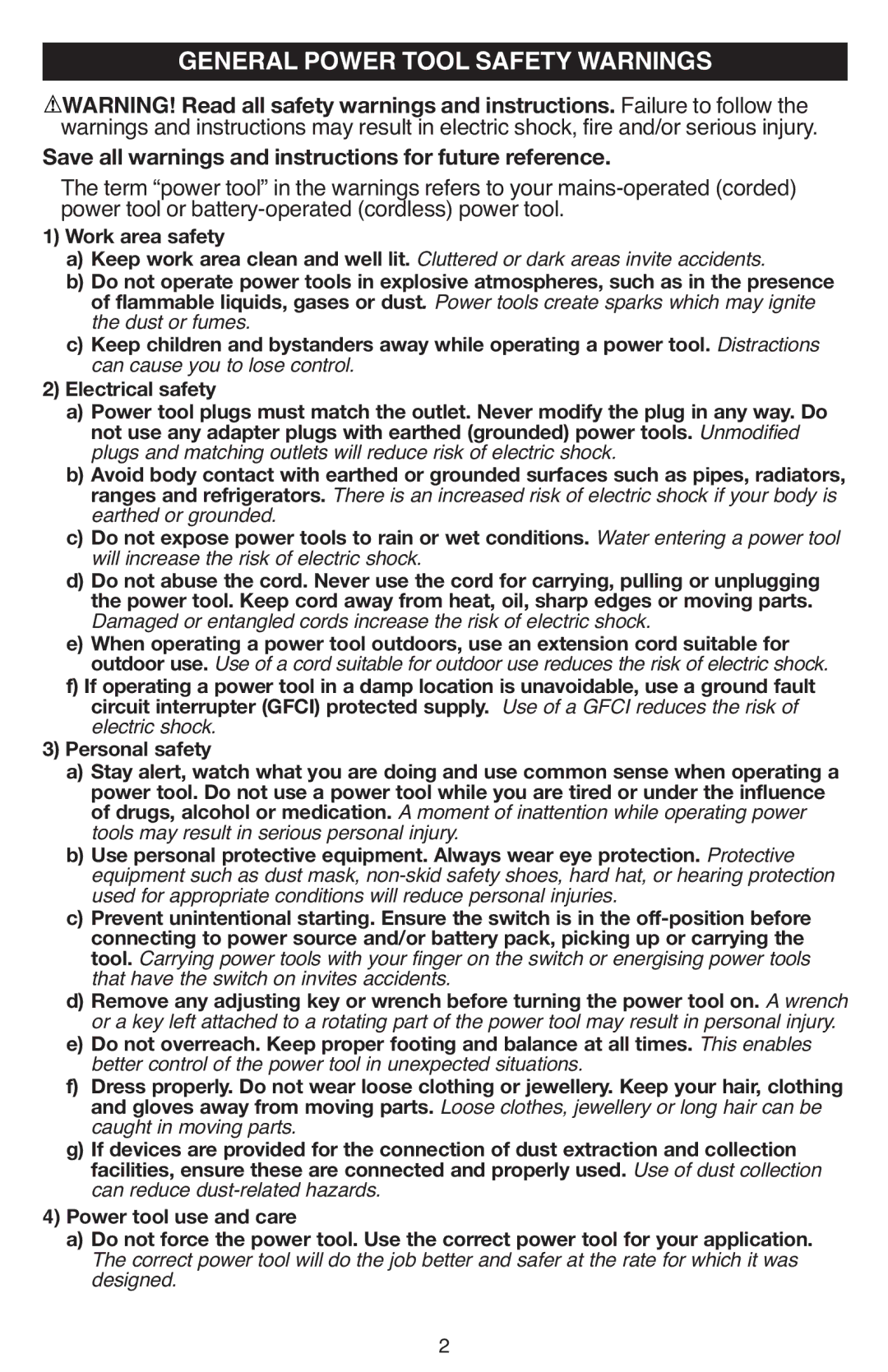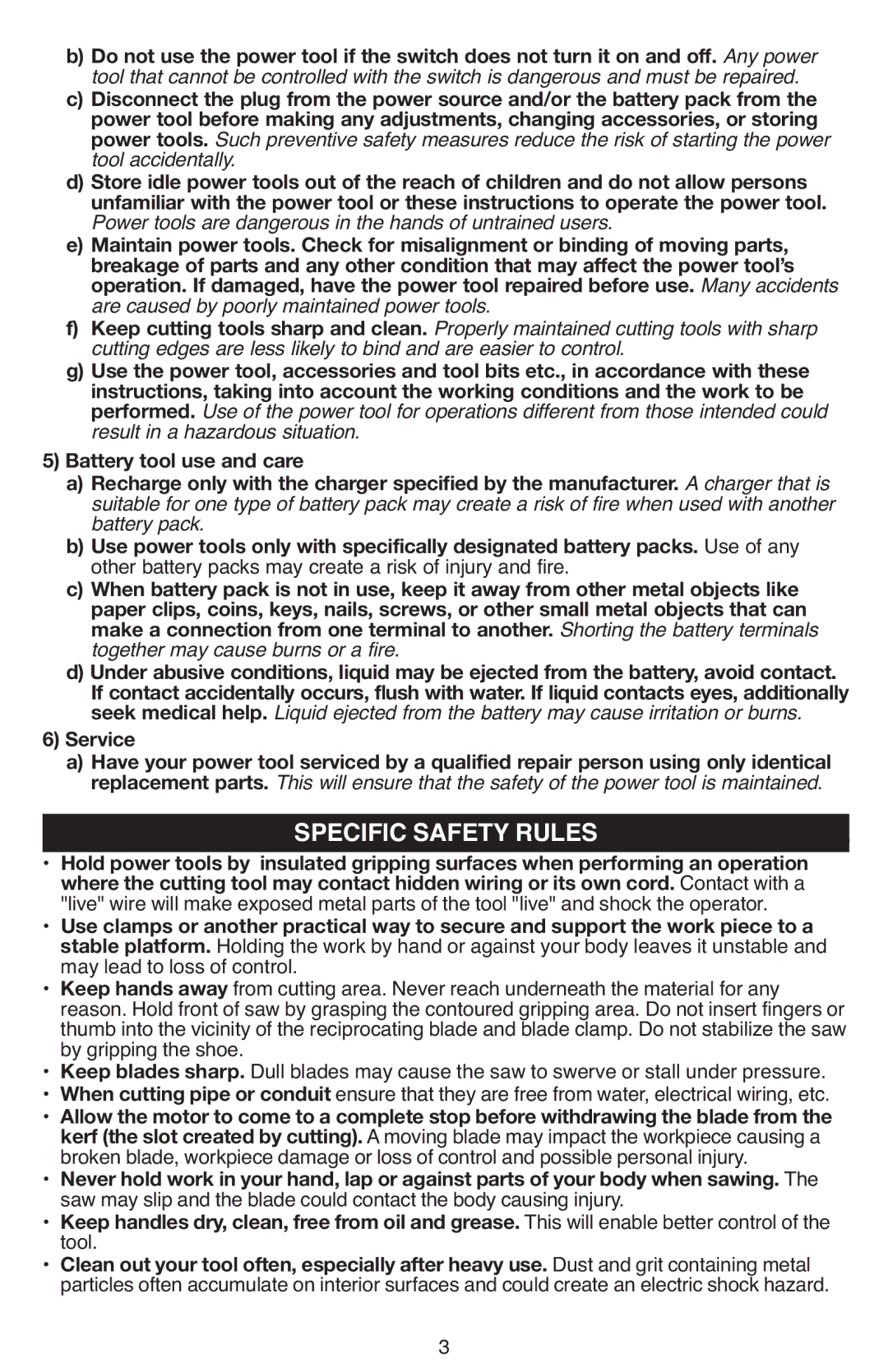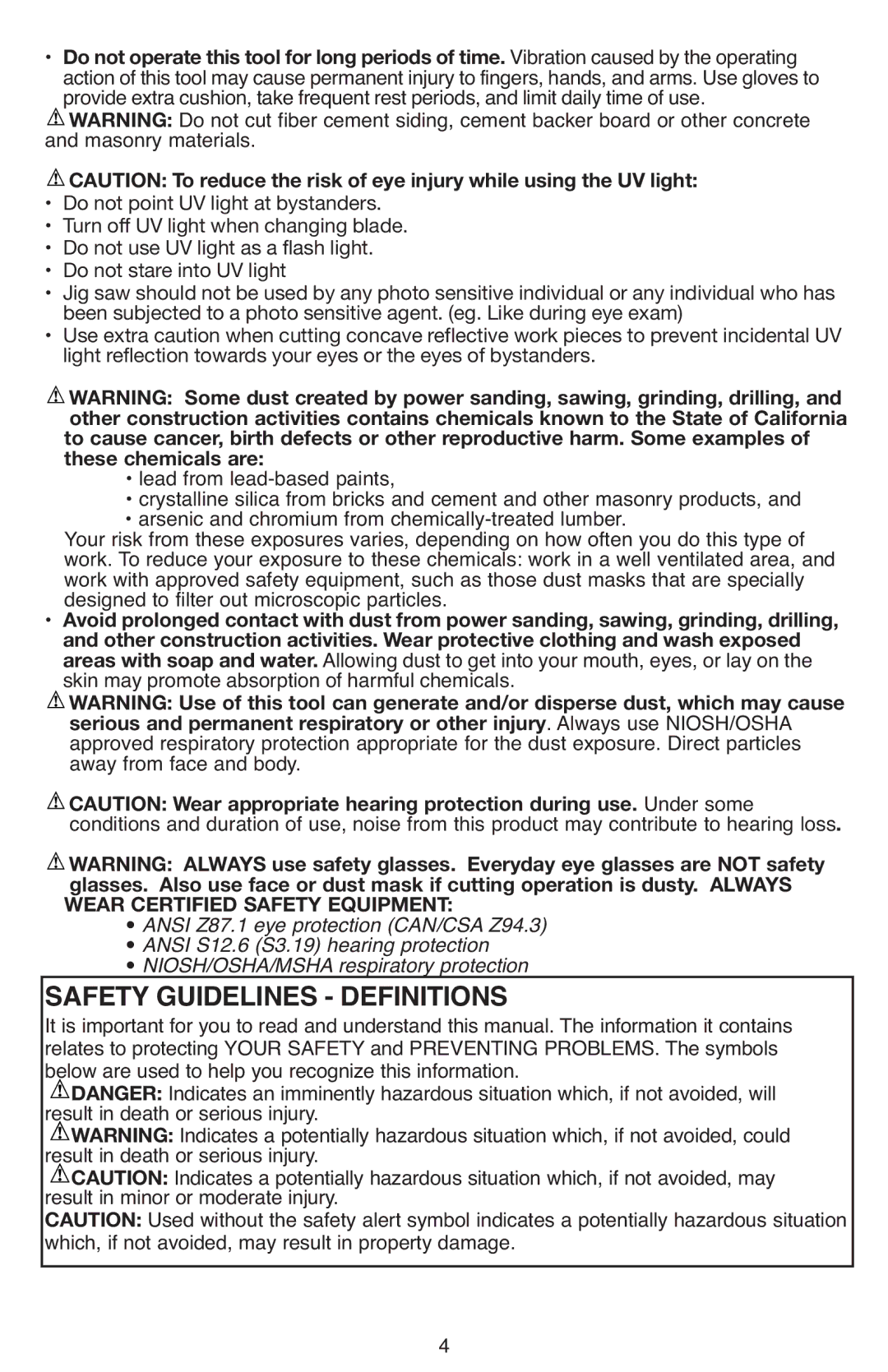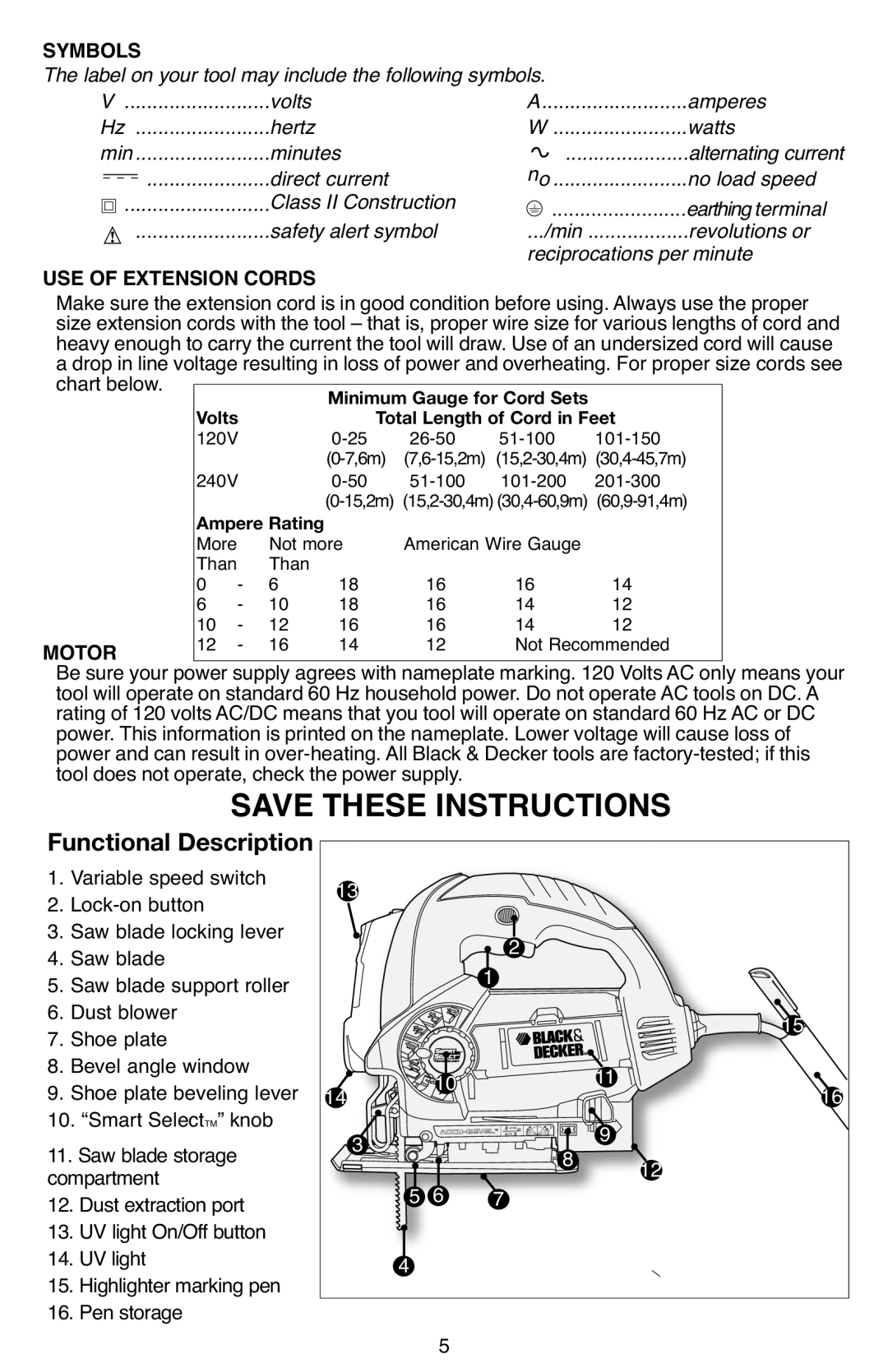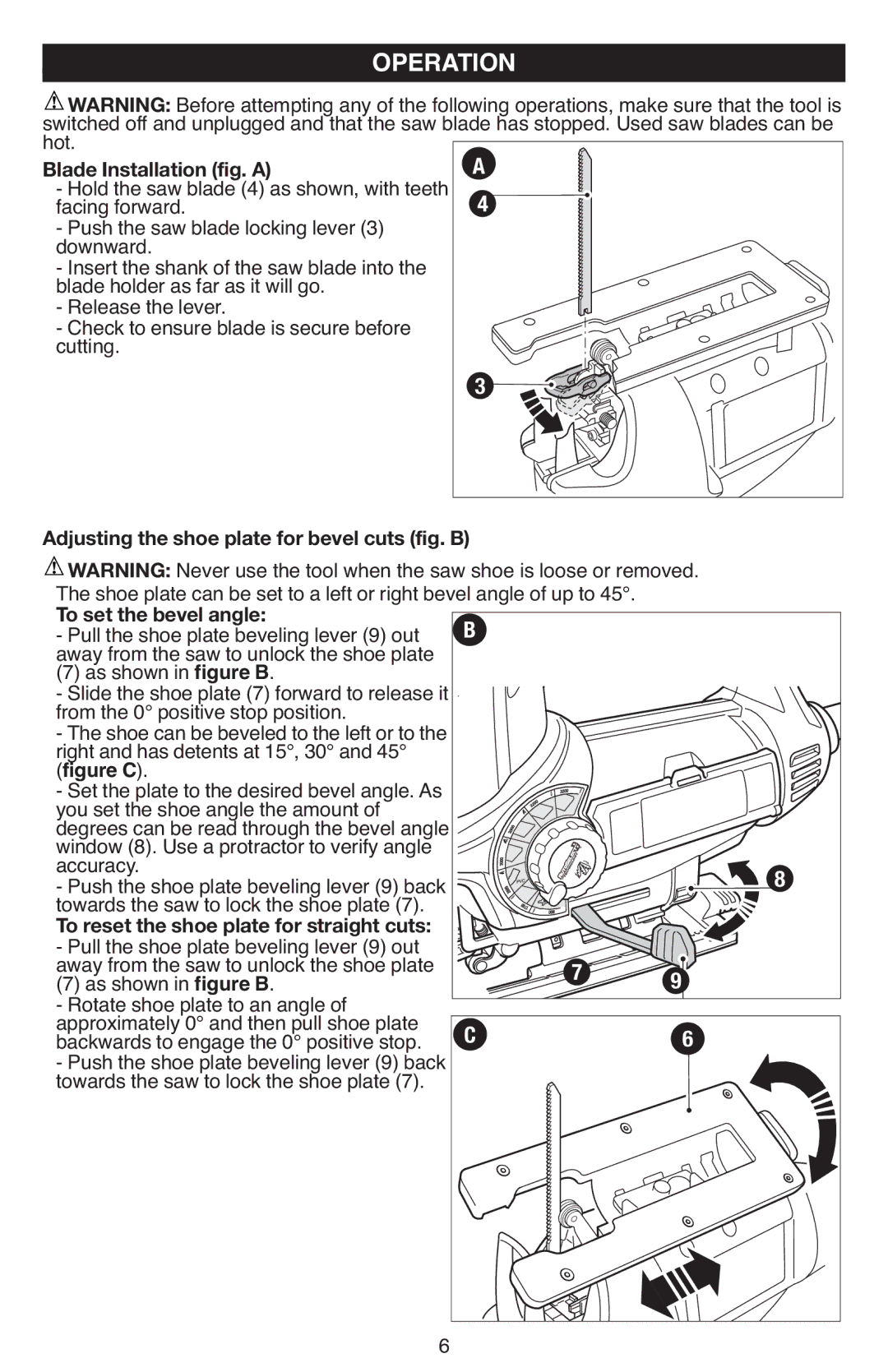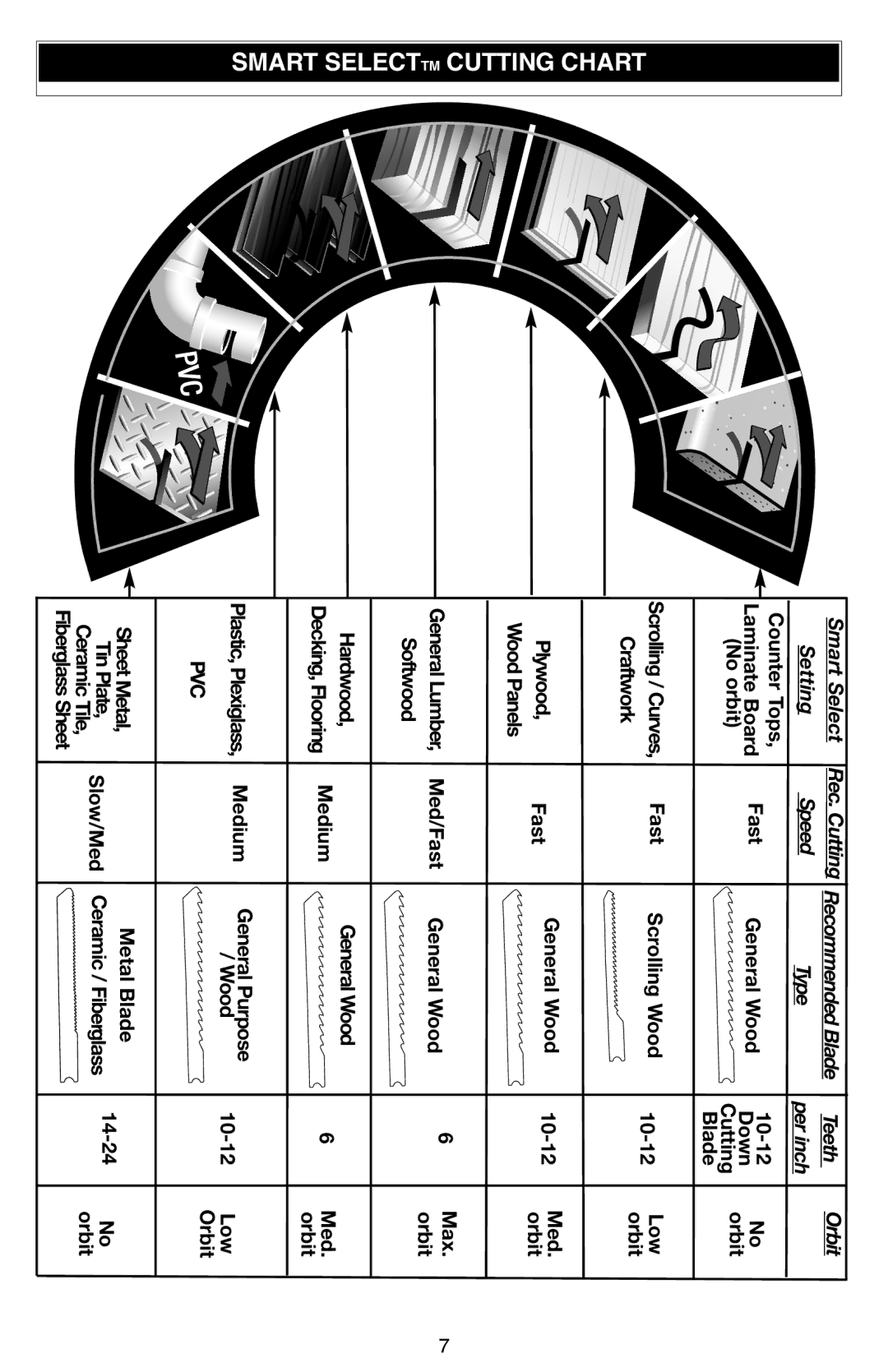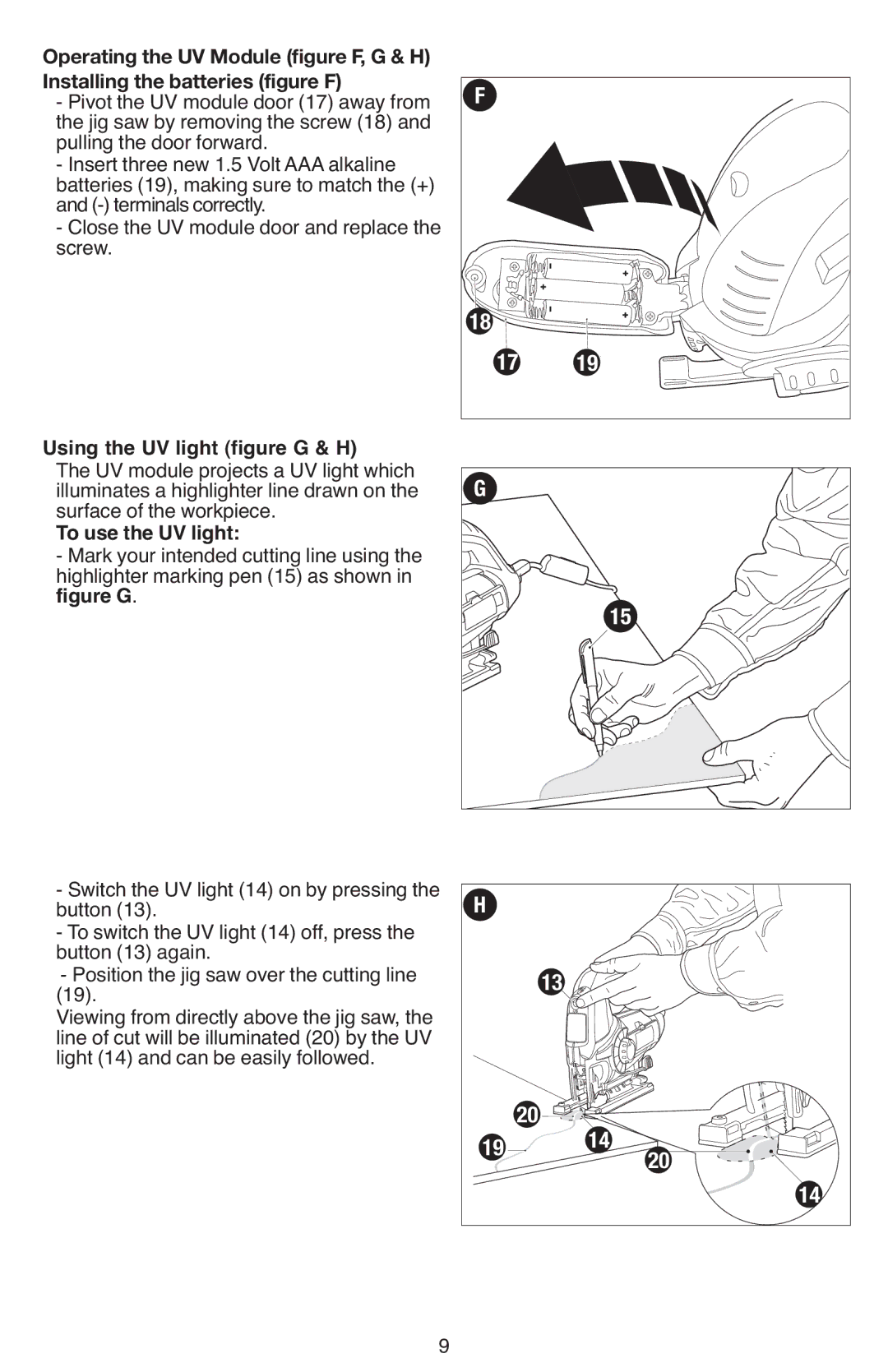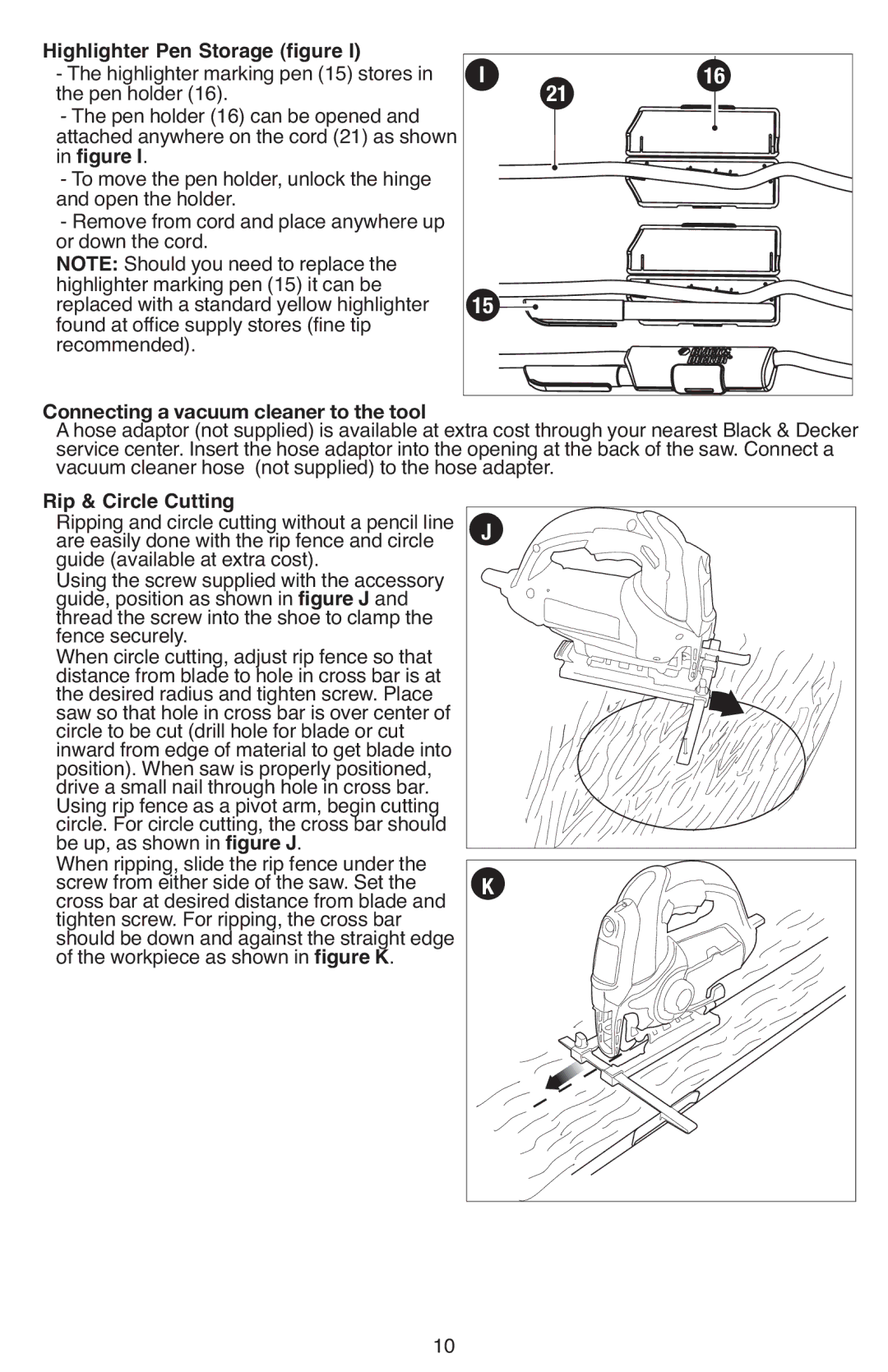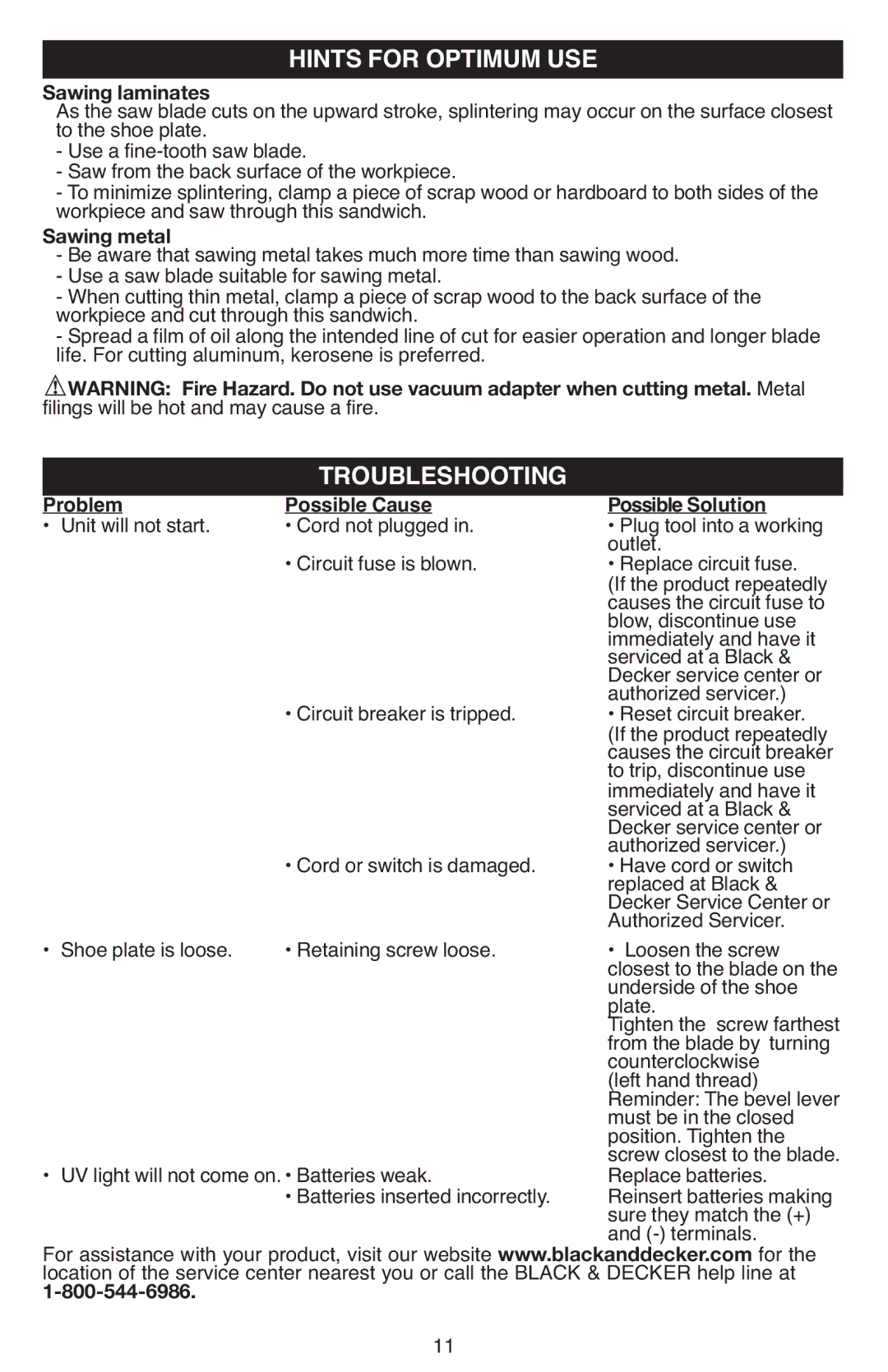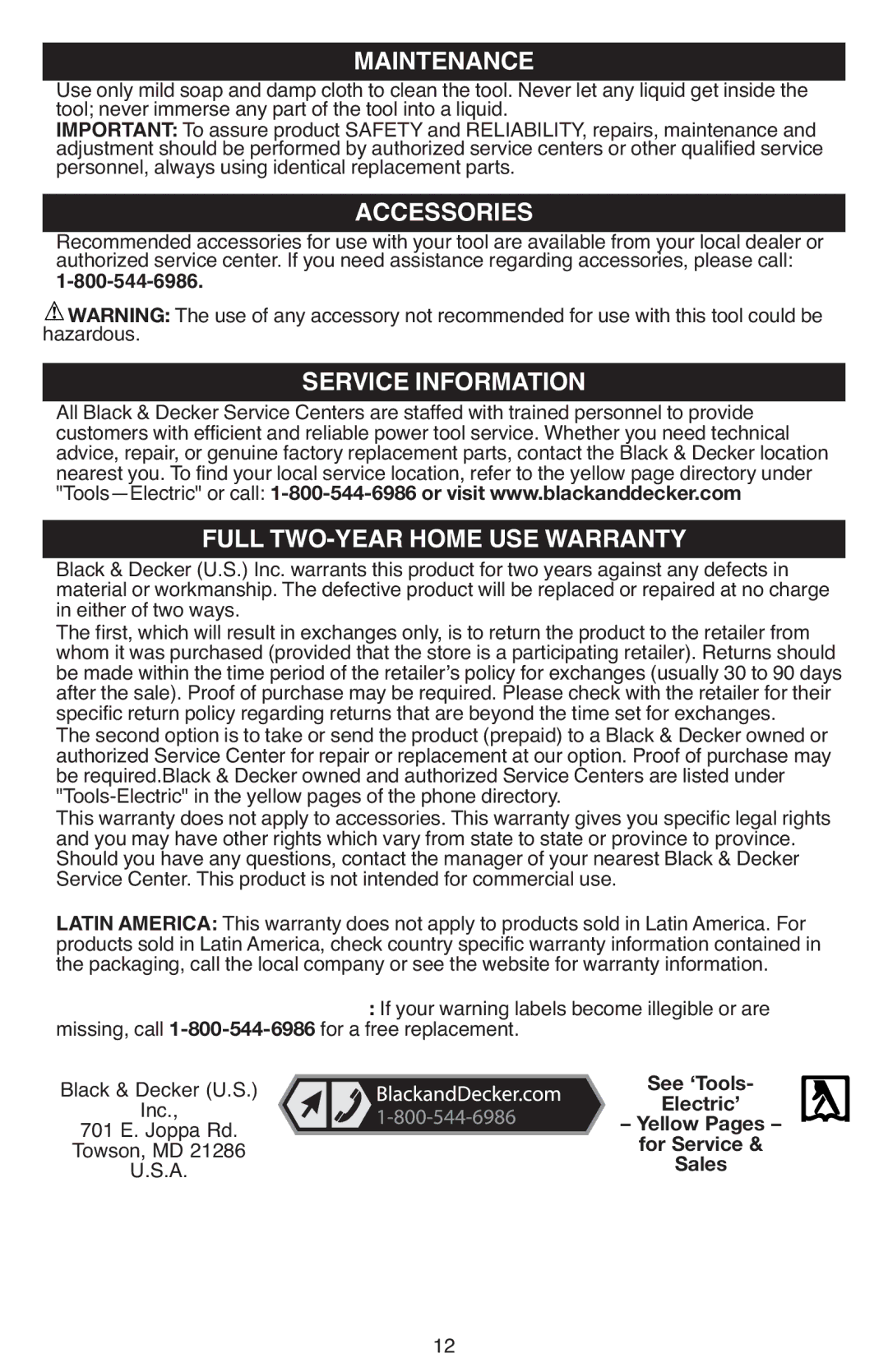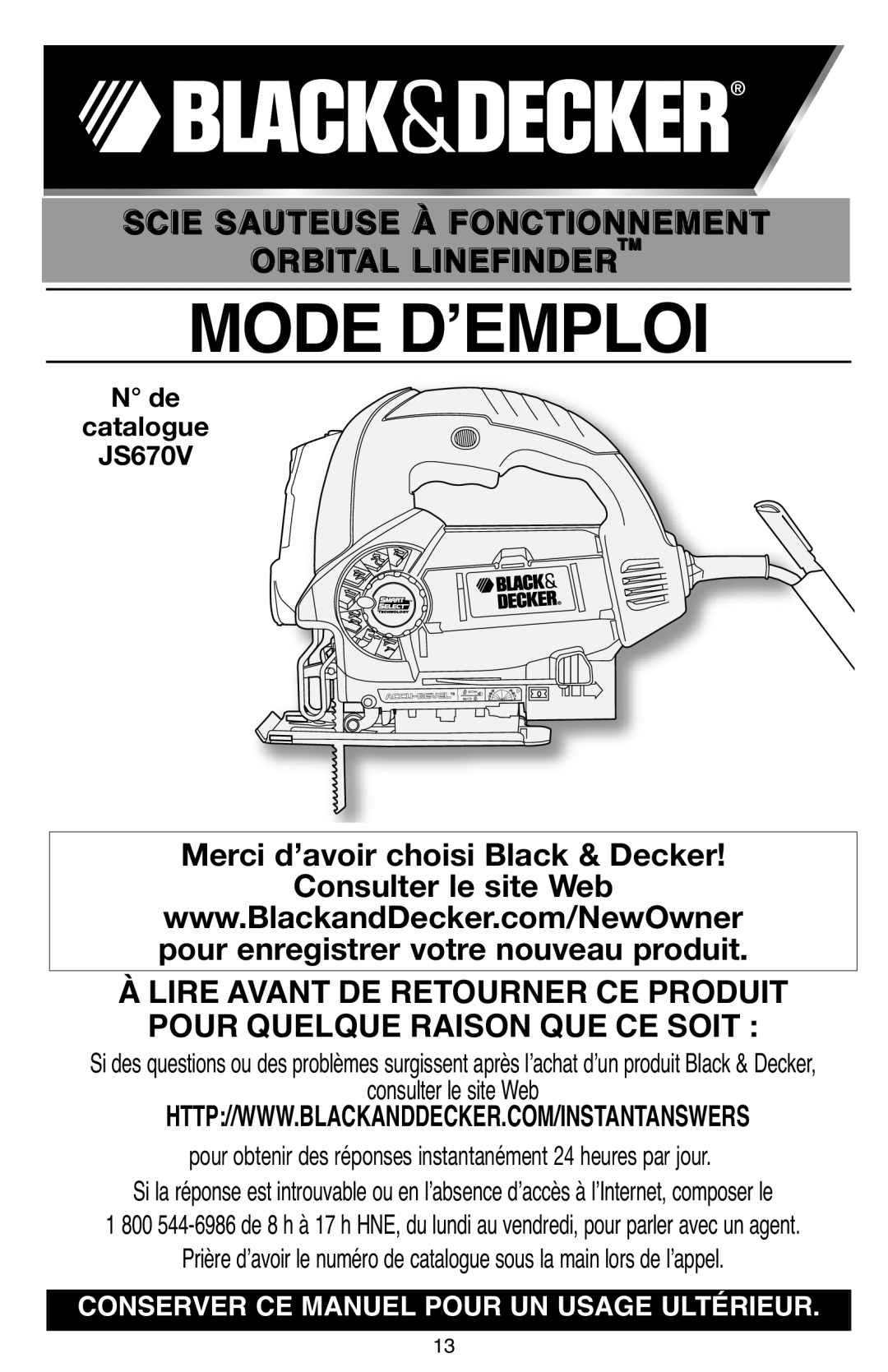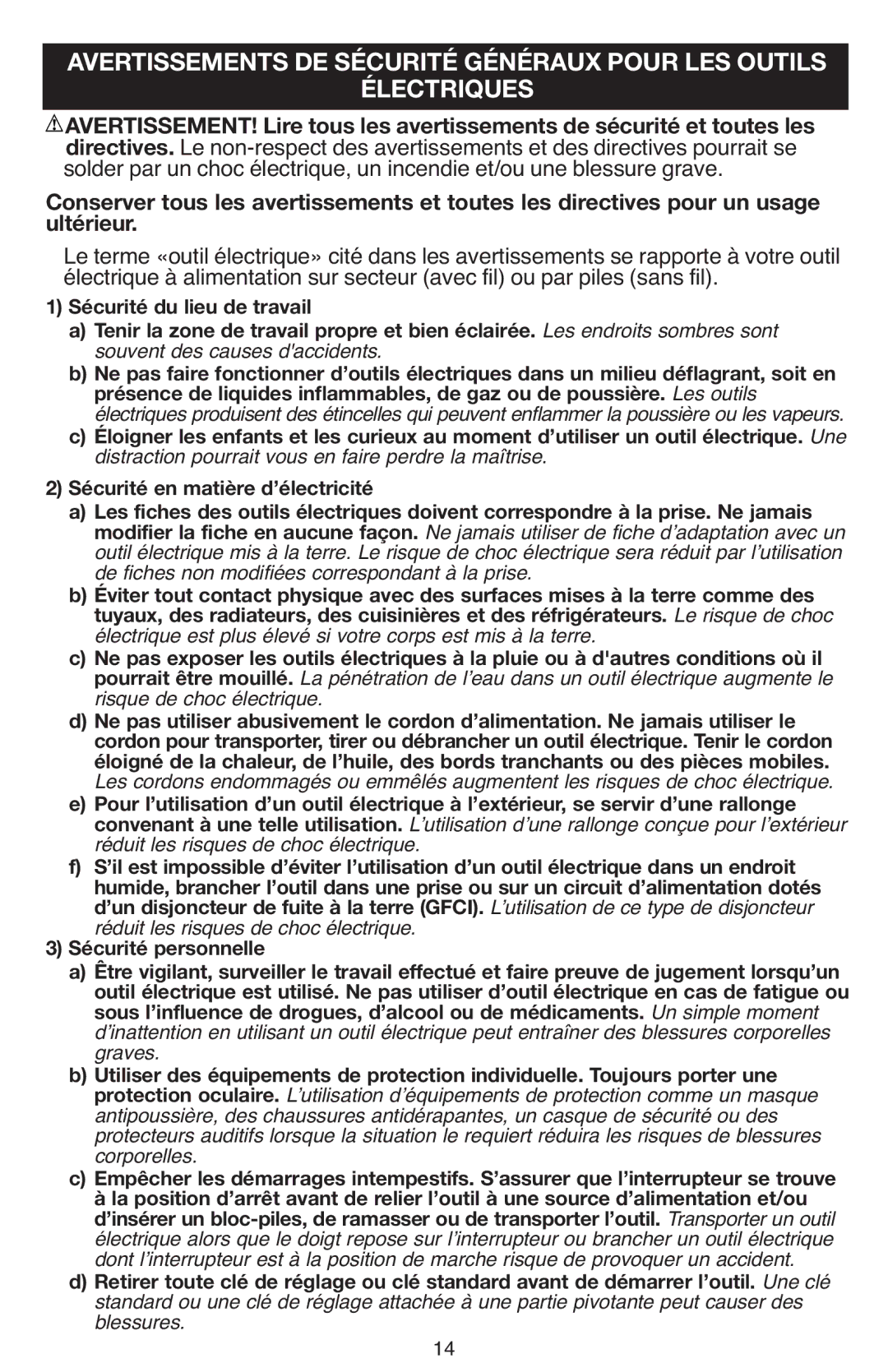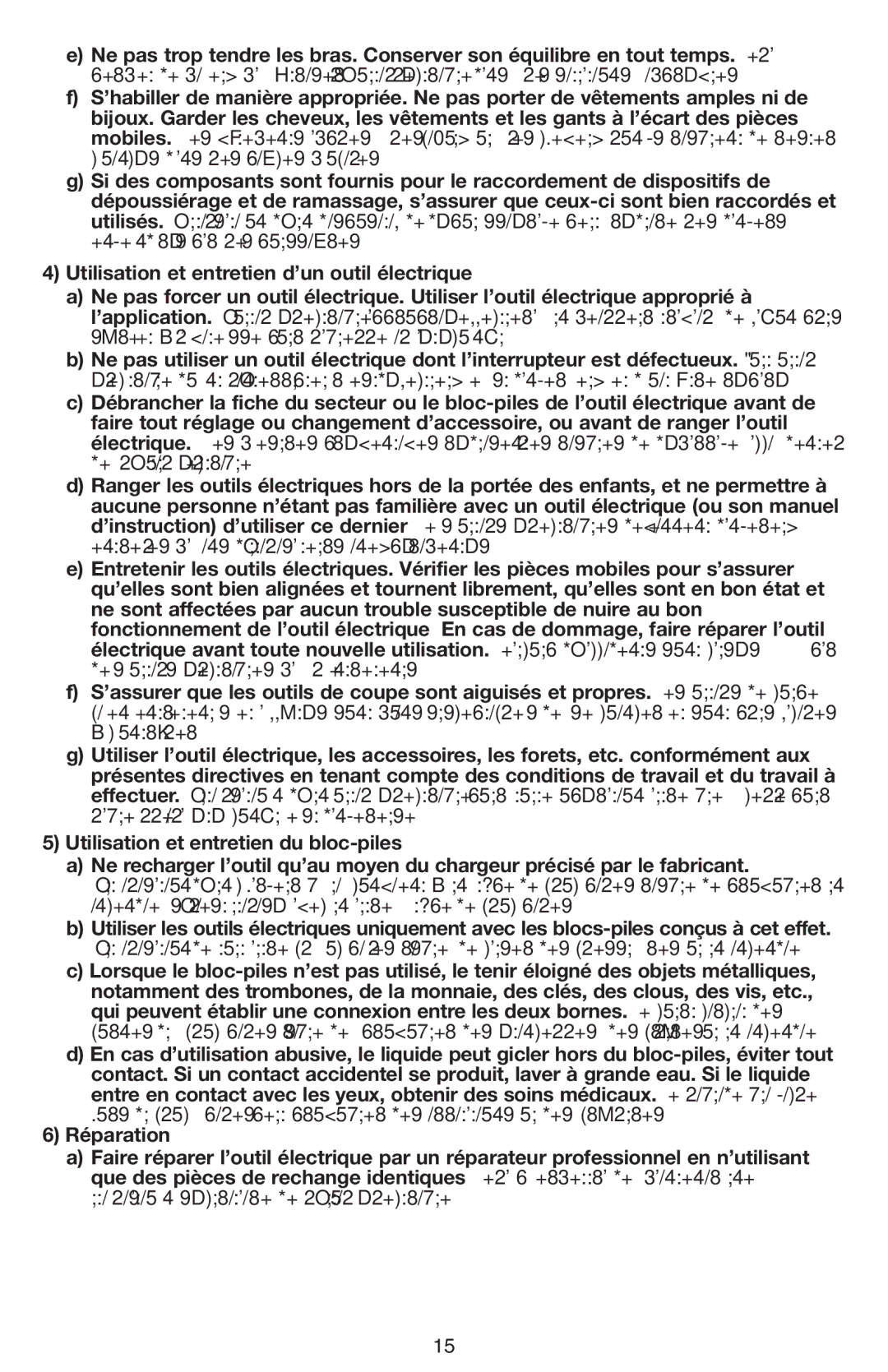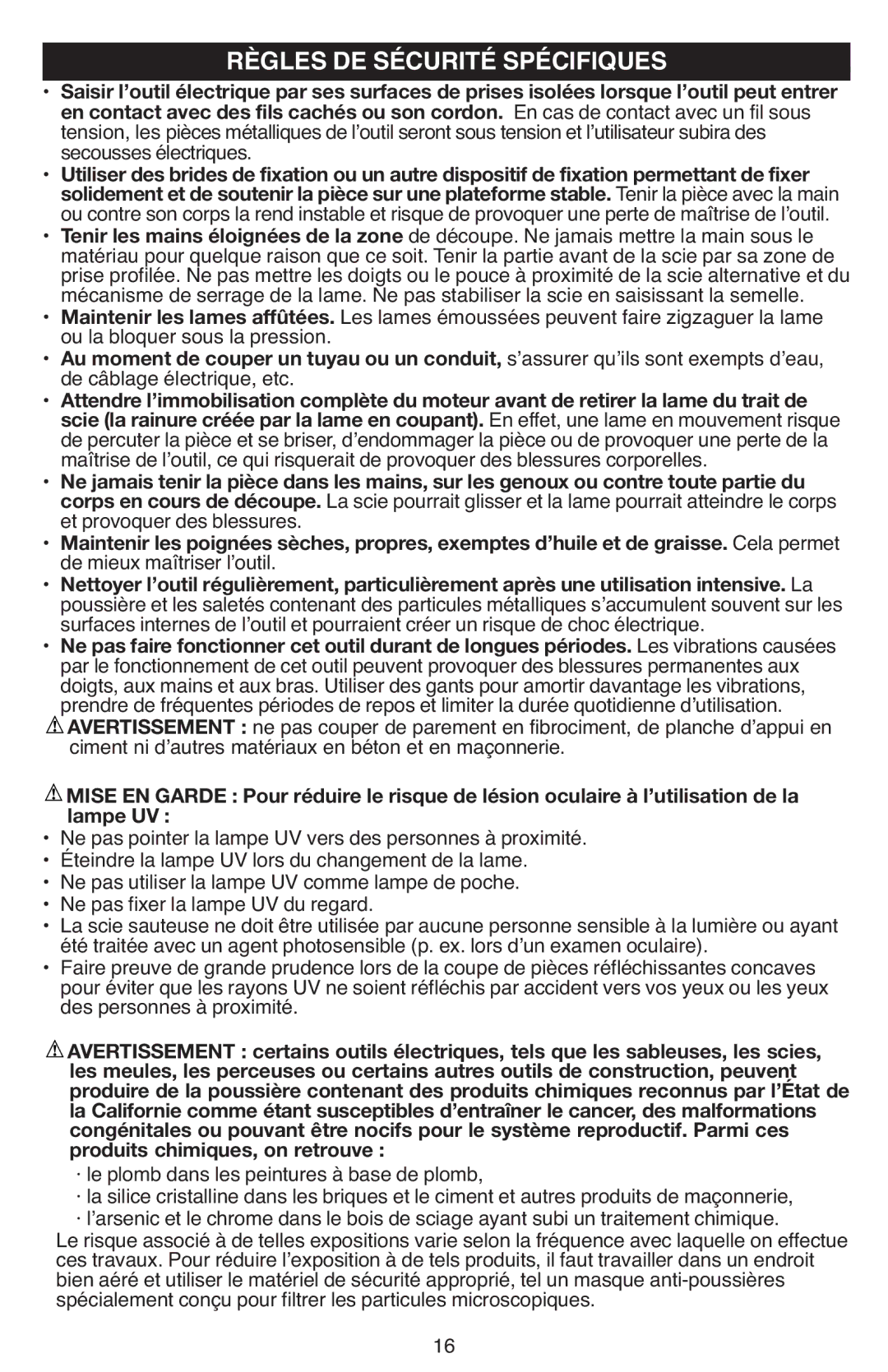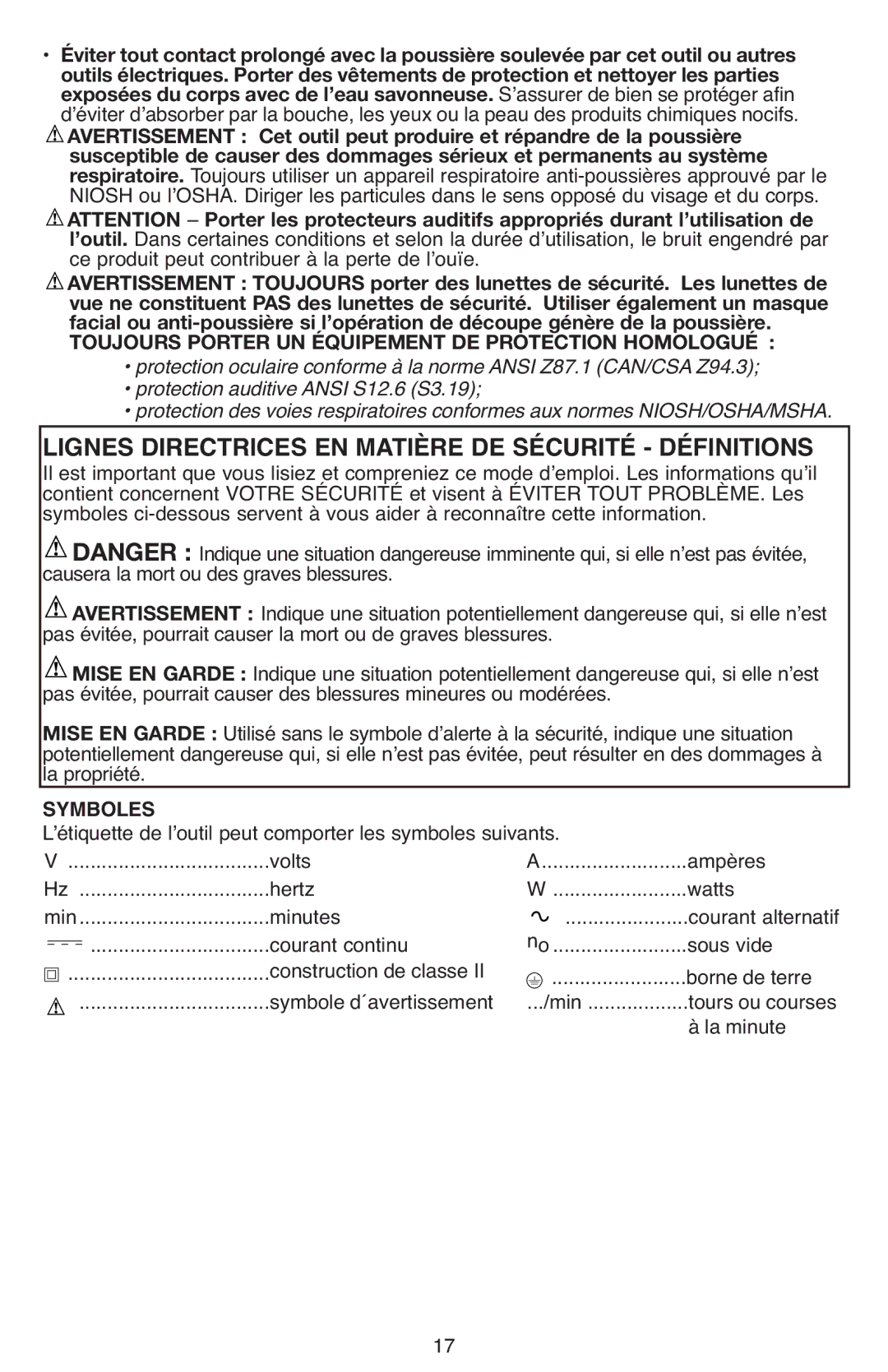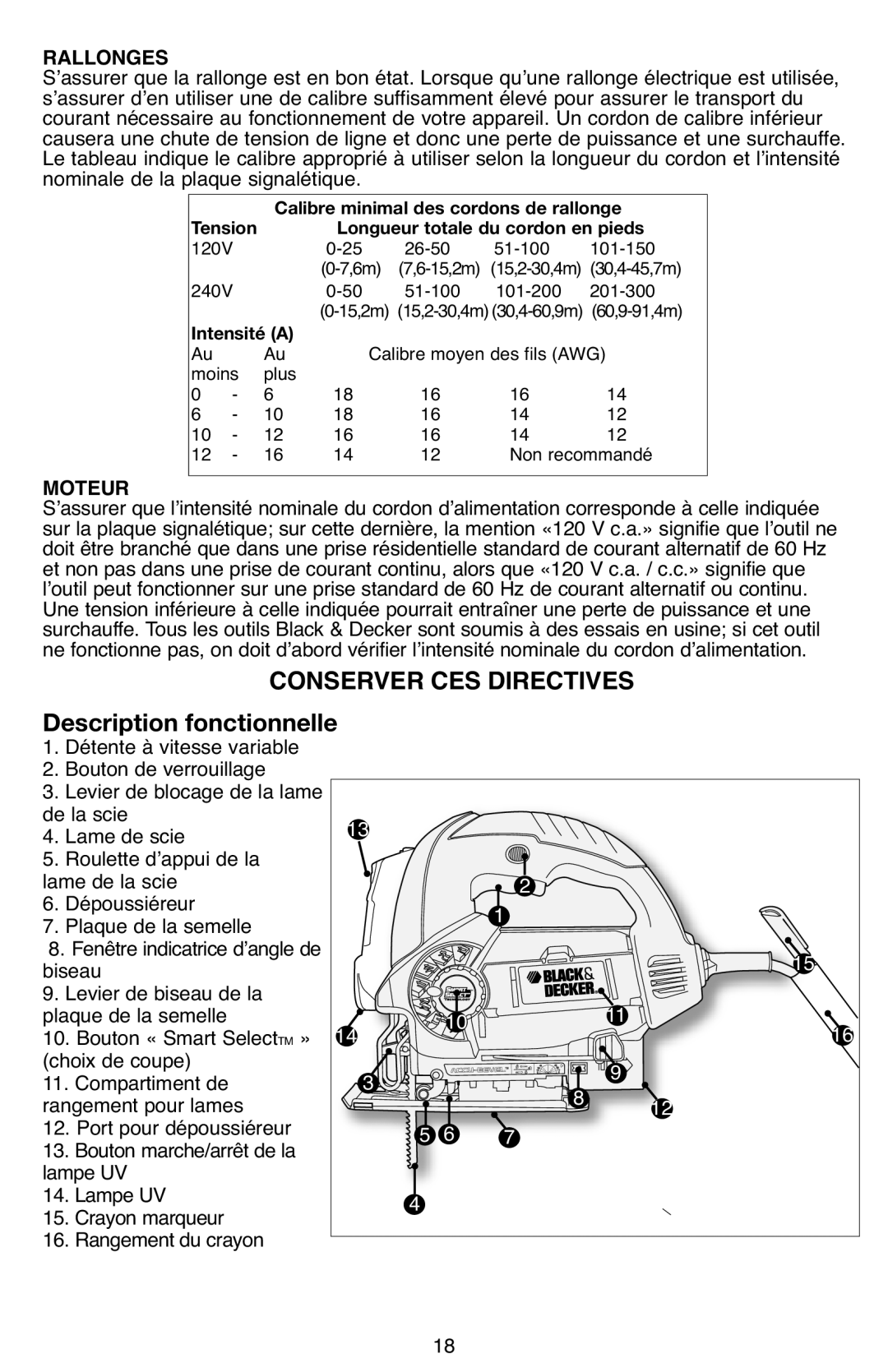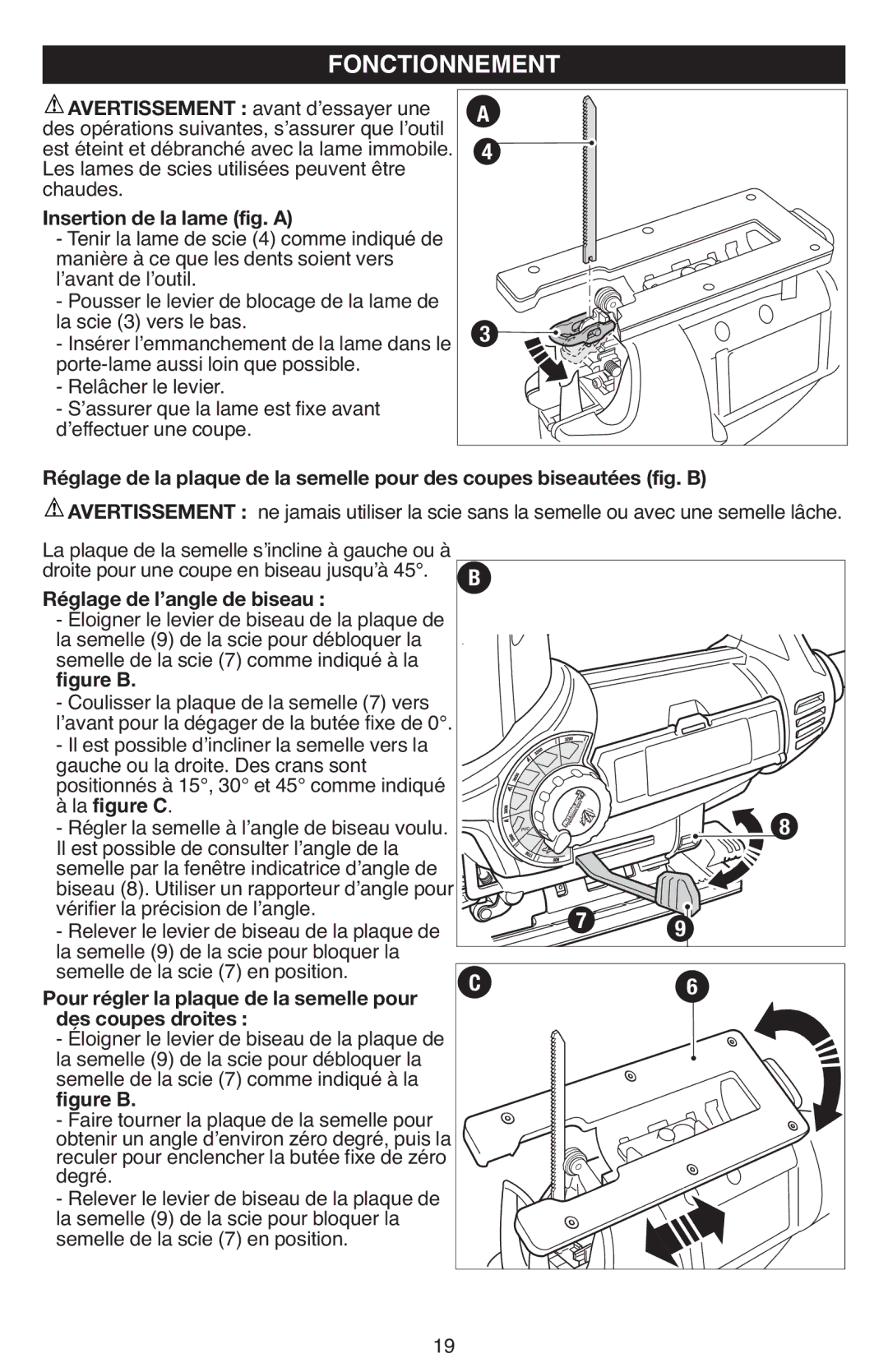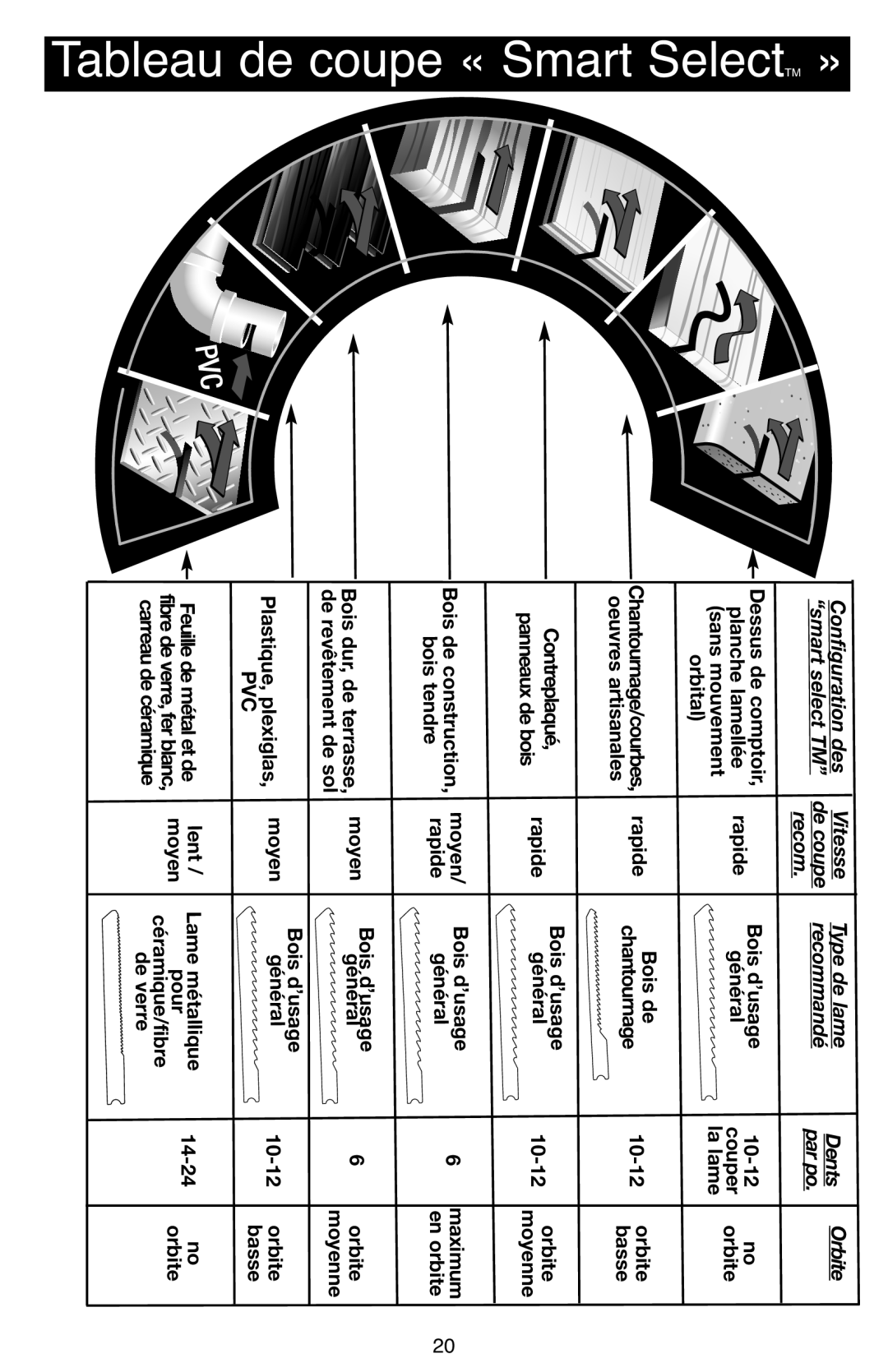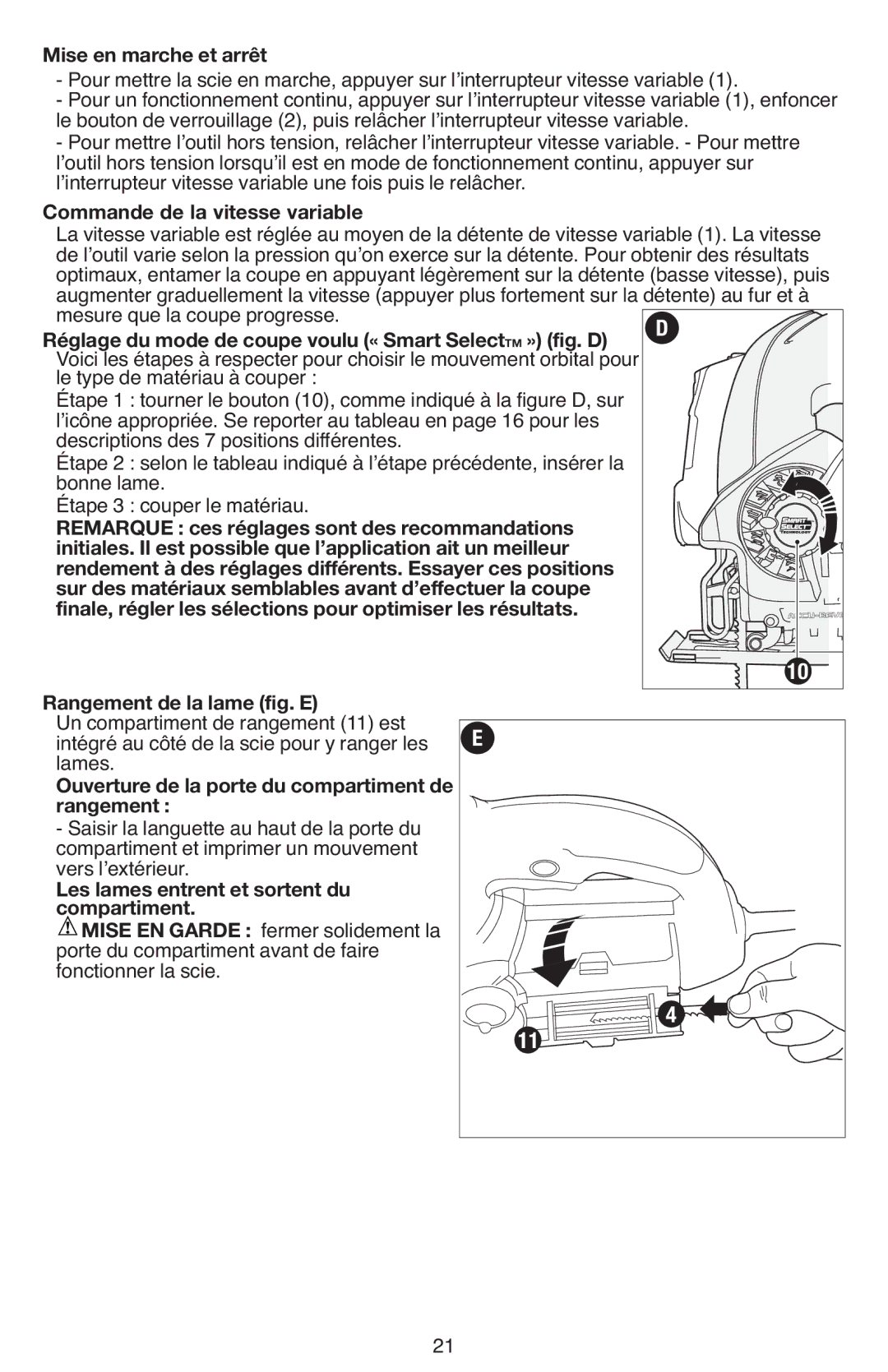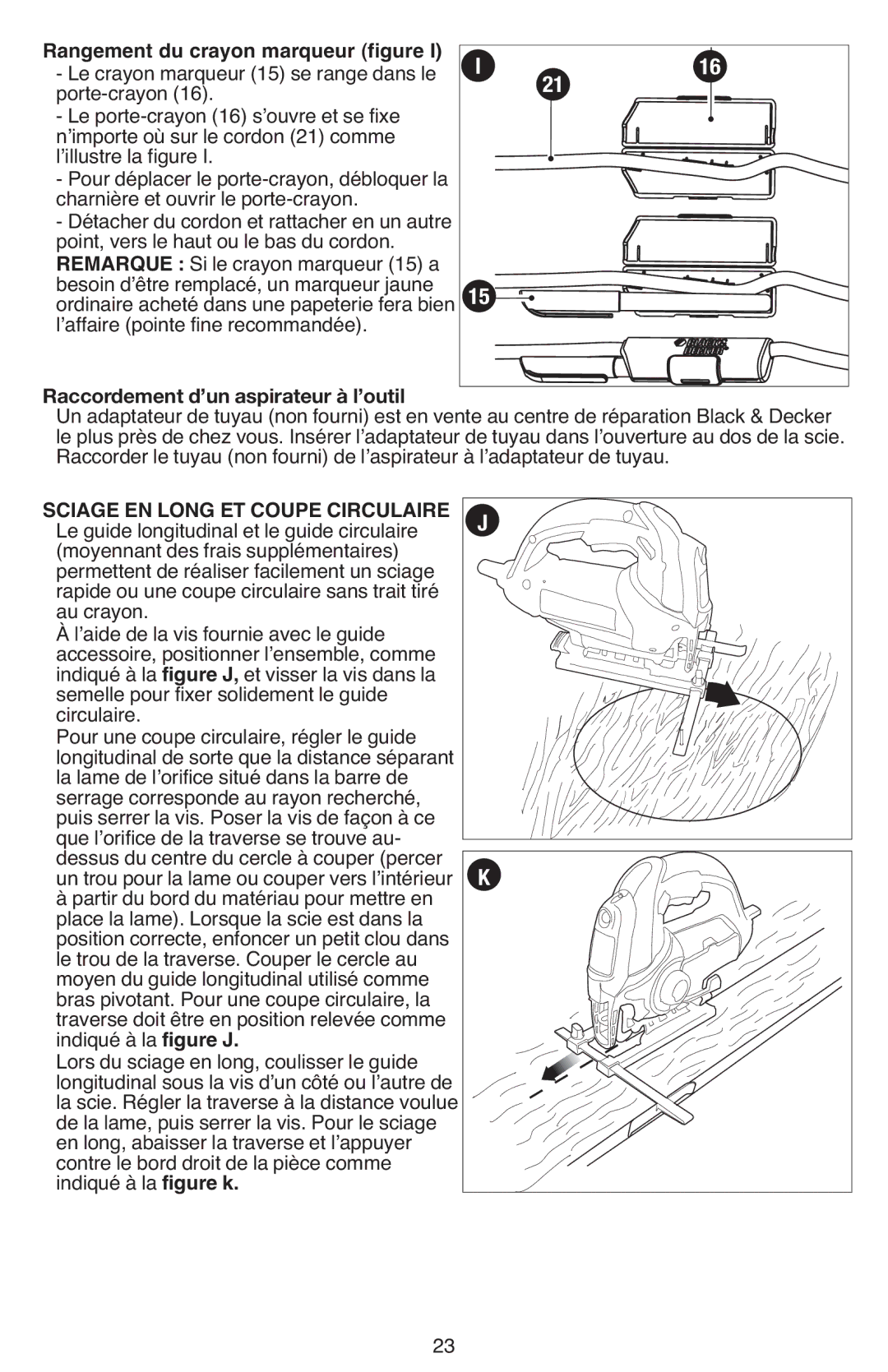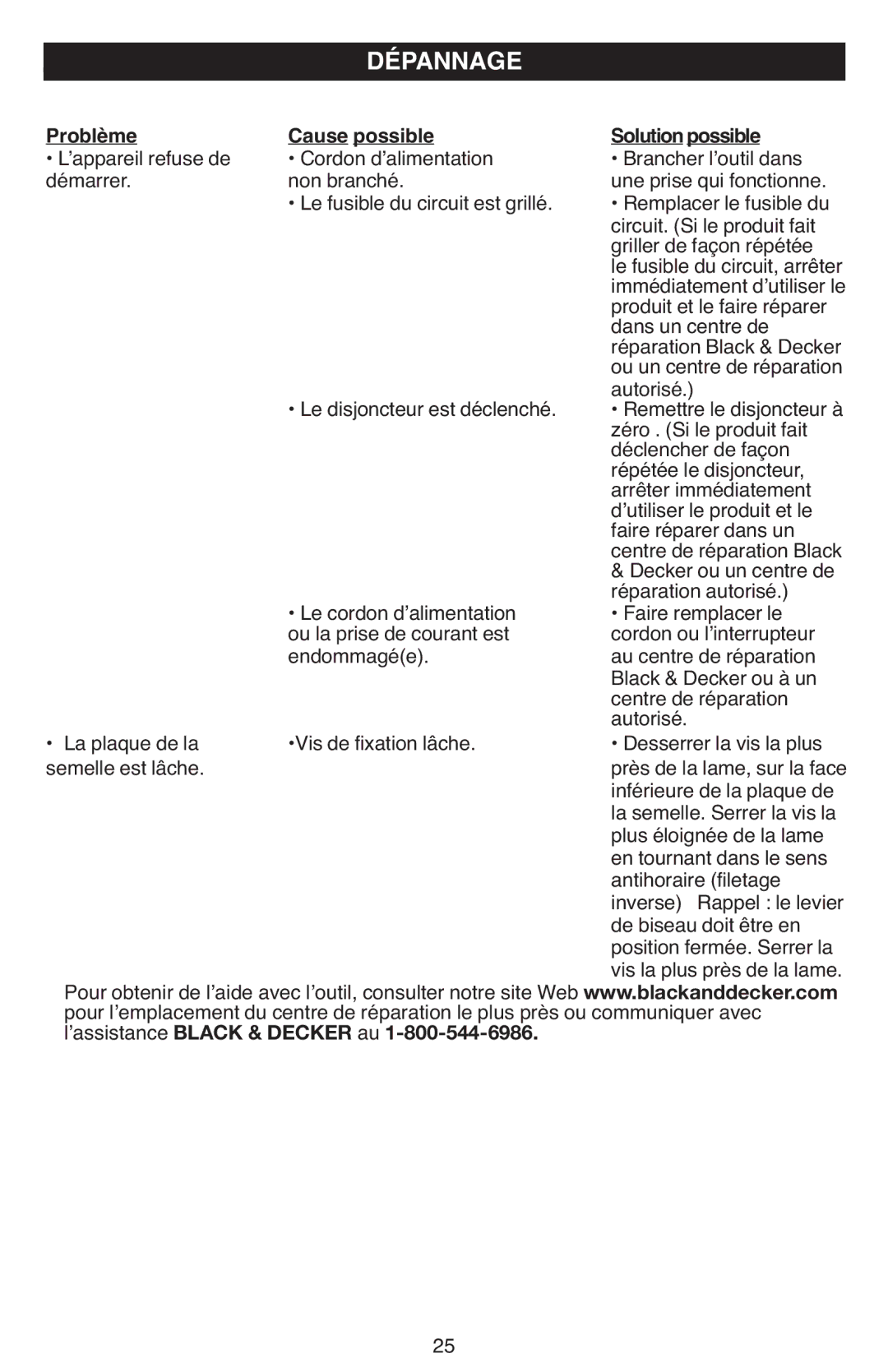GENERAL POWER TOOL SAFETY WARNINGS
WARNING!Failure to follow the warnings andReadinstructionsall safetymaywarningsresult inandelectricinstructionsshock,fire.and/or seriousinjury.
SaveThealltermwarnings“power tool”and instructionsthe warningsforefersfutureto referenceyour mains.
1) Work area safetyCluttered or dark areas invite accidents. a) Keep work area clean and well lit.
b) Do not operate power tools in explosivePoweratmtoolssphcreateres,sparkssuch aswhichin themaypresenceignite
theof flammabledust or fumesliquids,. gases or dust.Distractions c) canKeepcausechildrenyou toandlosebystanderscontrol. away while operating a power tool.
a) Power tool plugs must match the outlet. Never modify the plug inUnmodifiedany way. Do plugsnot useandanymatchingadapteroutletsp ugswillwithreduceearthedrisk (grounded)of electric shockpower. tools.
b) Avoid body contact with earthTheredisorangroundedincreasedsurfacrisk of electrics suchshockas pipes,if yourradiators,body is
earthedr ng s andor groundedrefrig rators. .Water entering a power tool c) willDo notincreaseexposthe powerrisk of electrictools toshockrain .or wet conditions.
| d) Do not abuse the cord. Never use the cord for carrying, pulling or unplugging | ||
| the power tool. Keep | away from heat, | il, sha p edges or moving parts. |
| Damaged or entangledcords increase the riskof electric shock. | ||
| e) When operating a power tool outd ors, use an extension cord suitable for | ||
| outdoor use. Use of a cord suitablefor outdoor use reduces the risk of electric shock. | ||
| f) If operating a power tool in a damp location is unavoidable, use a ground fault | ||
| cir u t interrupter (GFCI) protected supply. | Use of a GFCI reduces the risk of | |
| electric shock. |
|
|
3) Personal safety |
|
| |
| a) Stay alert, watch what you are doing and use common sense when operating a | ||
| power tool. Do not use a power tool while you r tired or under the influence | ||
| of drugs, alcohol or medicati . A moment of inattention while operatingpower | ||
| tools may result in serious personal injury. |
| |
| b) Use personal protective equipment. Always wear eye protection. Protective | ||
| equipment such as dust mask, | ||
| used for appropriate conditions will reduce personal injuries. | ||
| c) Prevent unintentional starting. Ensure the switch is in the | ||
| ool. Carrying power tools with your finger on the switch or energising power tools | ||
| connecting to power source and/or battery pack, picking up or carrying the | ||
| that have the switch on invites accidents. |
| |
| d) Remove any adjusting key or wrench before turning the power tool on. A wrench | ||
| or a key left attached to a rotating part of the power tool may result in personal injury. | ||
| e) Do not verreac . Keep pr per footing and balance at all times. This enables | ||
| better control of the power tool in unexpected situations. | ||
| and gloves away from moving parts. Loose clothes, jewellery or long hair can be | ||
| f) Dress properly. Do not wear loose clothing or jewell ry. Keep y ur r, clothing | ||
| caught in moving parts. |
|
|
| f cilities, nsure these are connected and properly used. Use of dust collection | ||
| g) If devices are provided for the connection of dust extraction and collection | ||
4) | can reduce |
| |
Power tool use and care |
|
| |
| The correct power tool will do the job better and safer at the rate for which it was | ||
| a) Do not force th p wer to l. Use the co rect power tool for y ur appl cation. | ||
| designed. |
|
|
2
